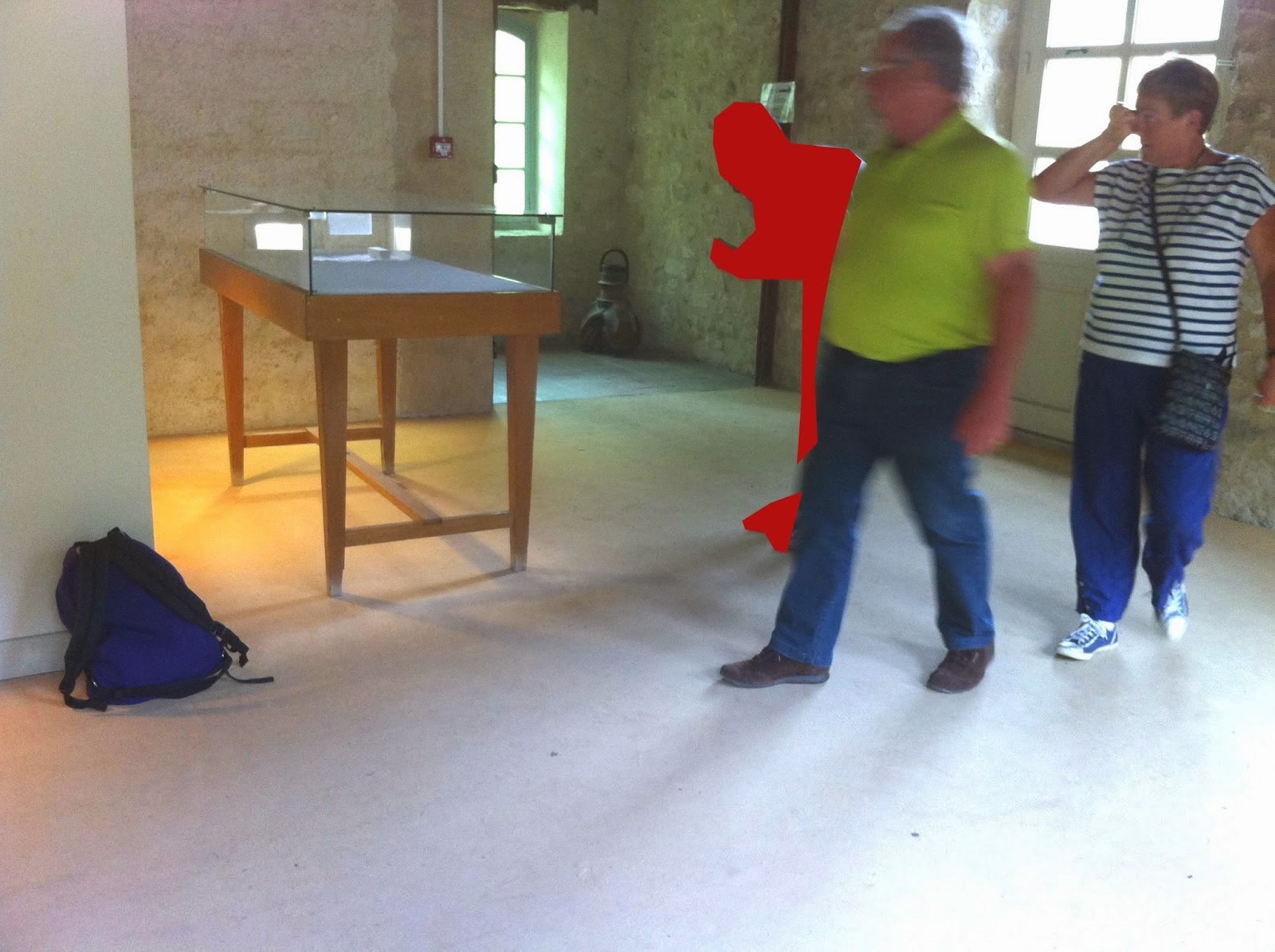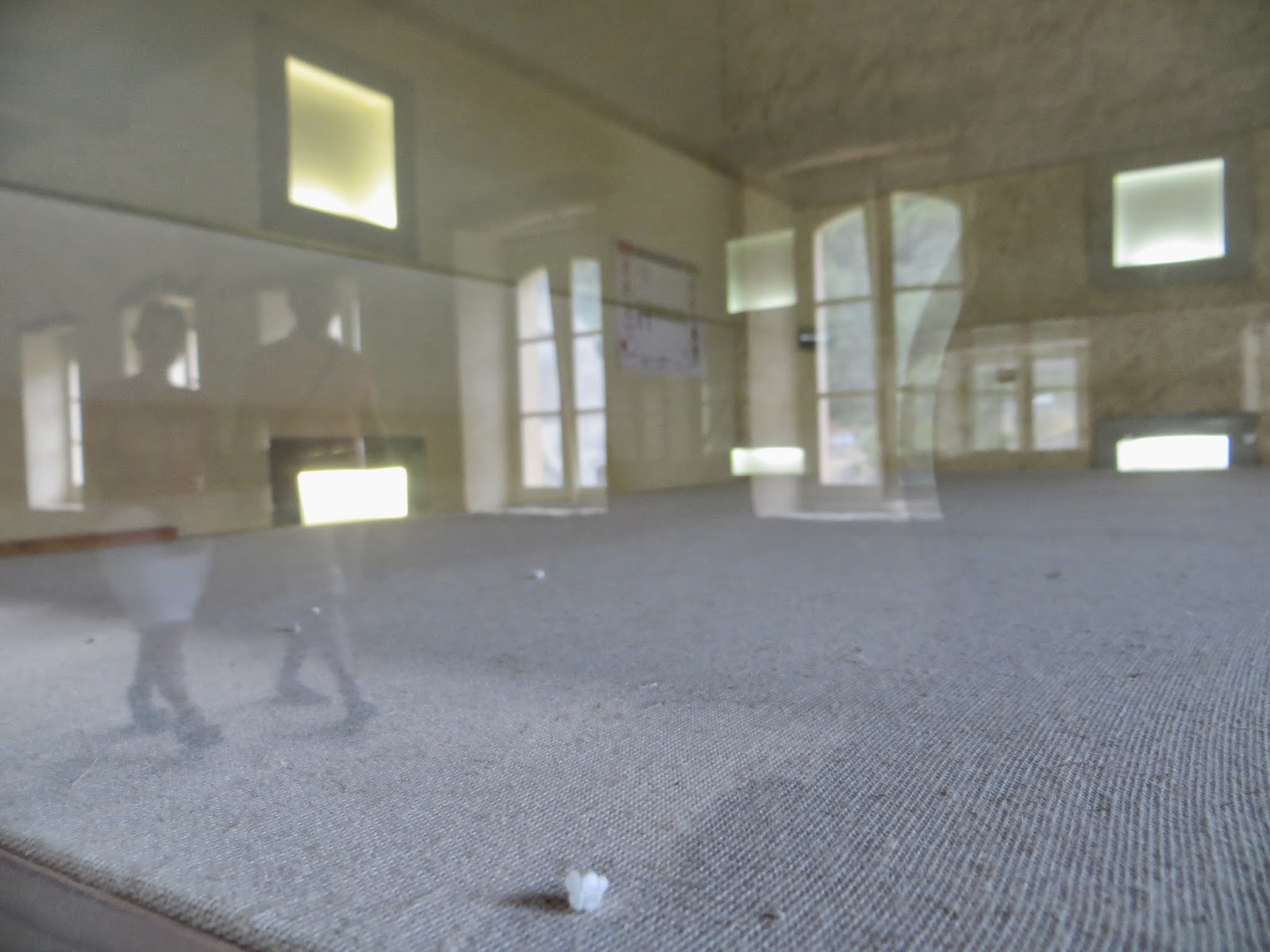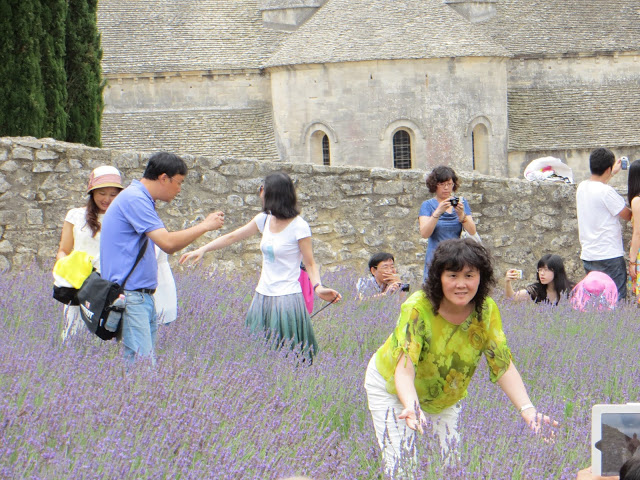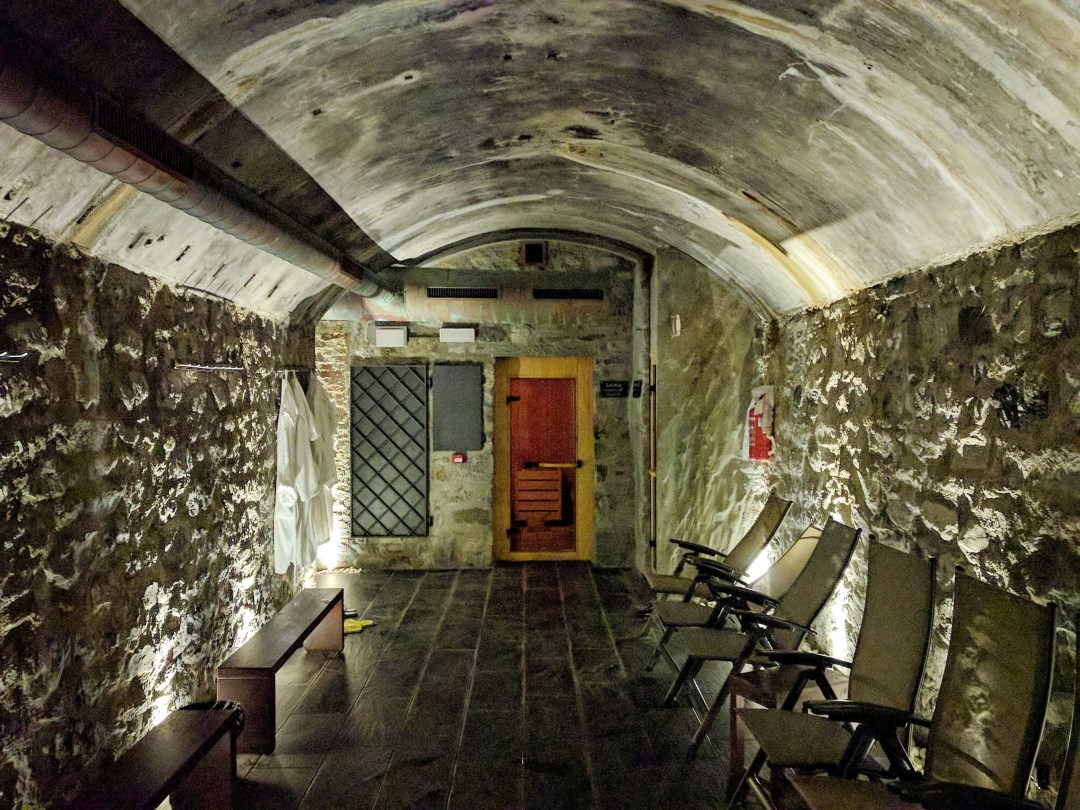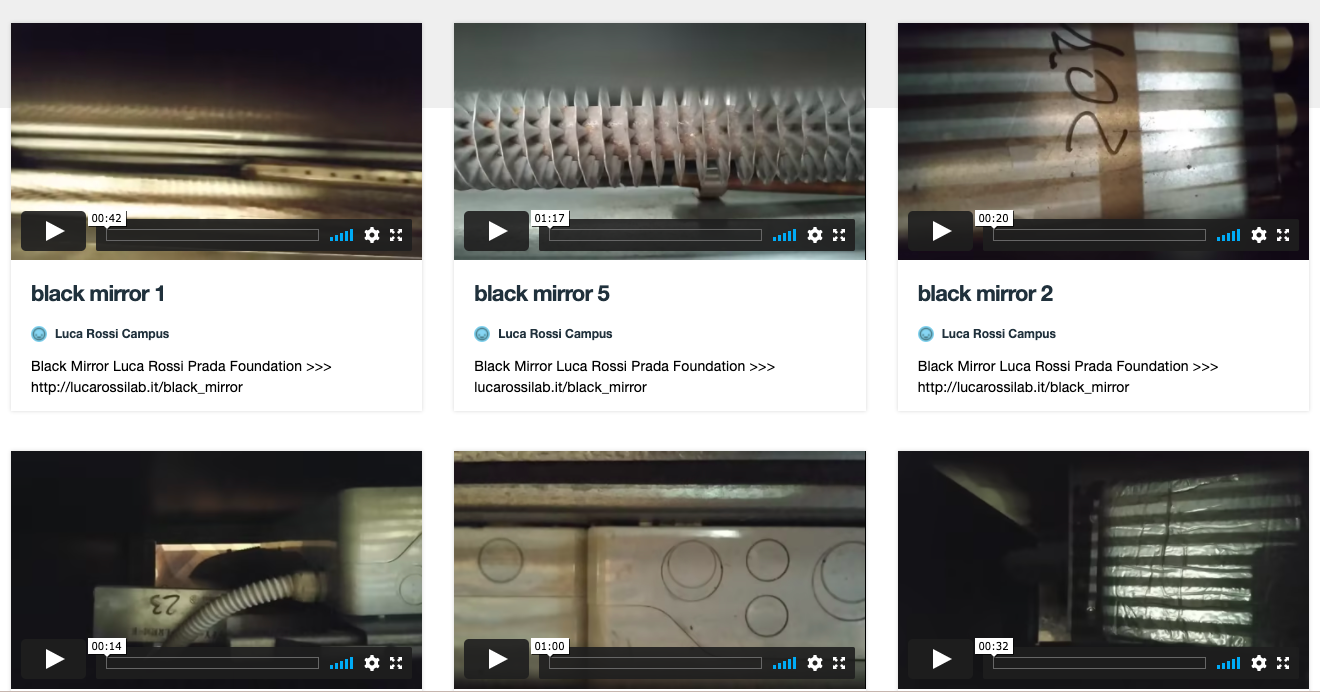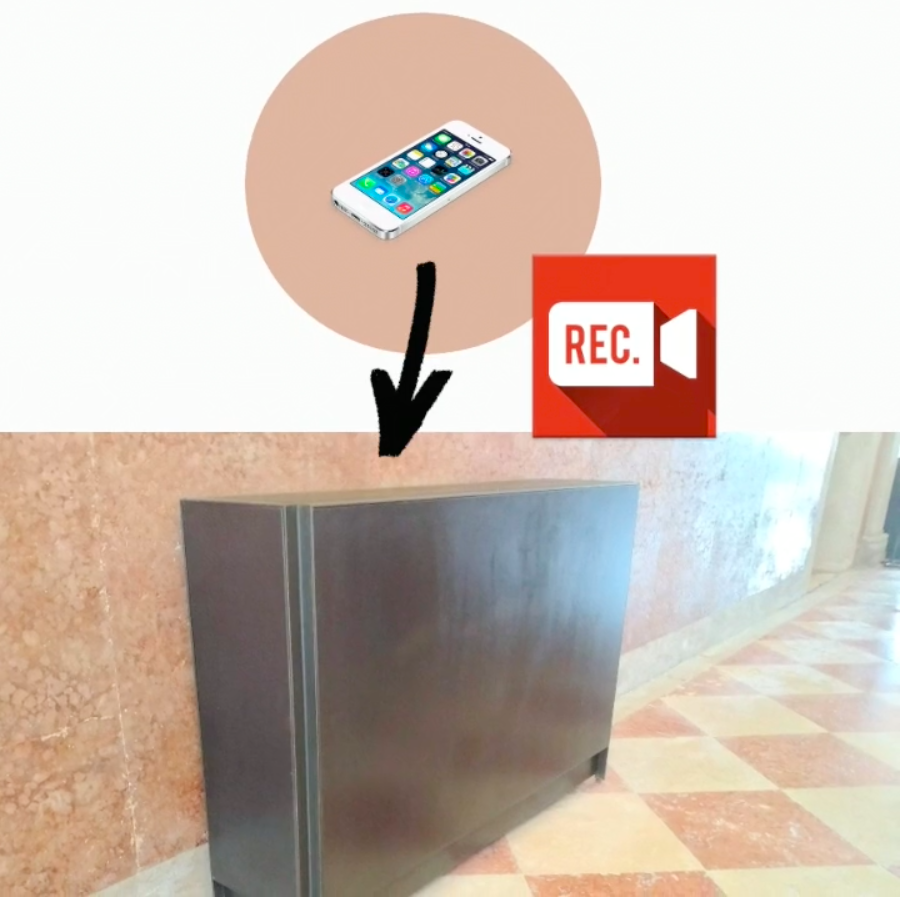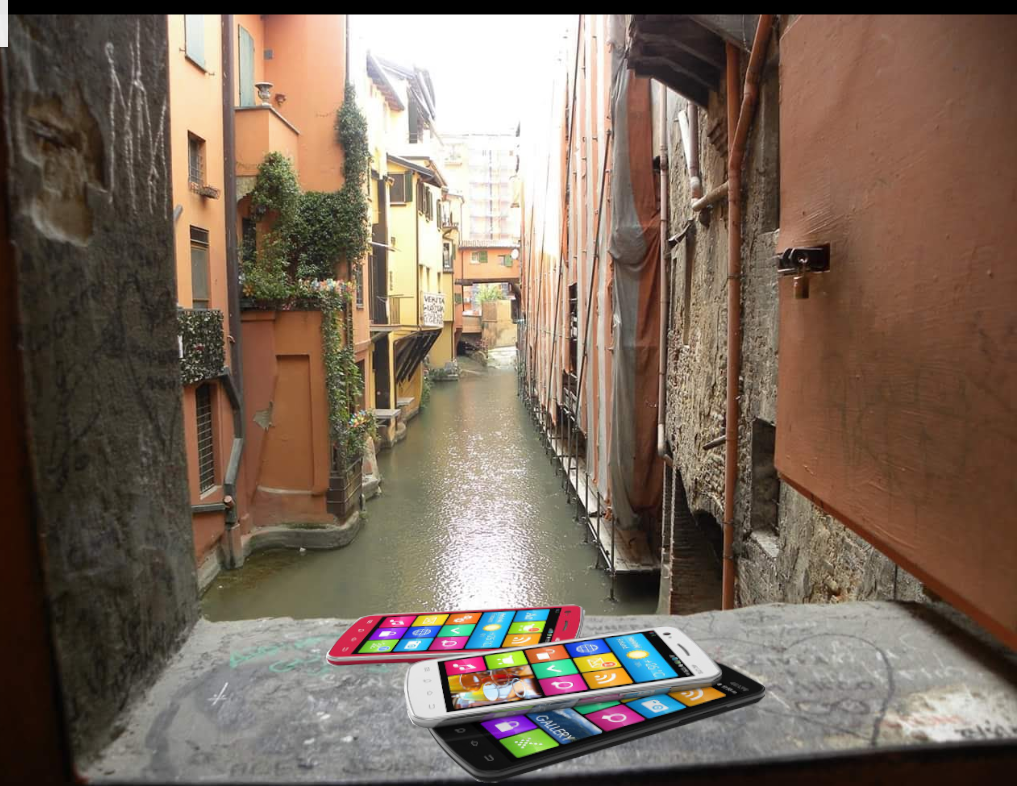In 2013 Luca Rossi realizes the first site specific intervention. These interventions are never organized and premeditated but happen suddenly as epiphanies and “positive attacks” aimed at reconstructing sense and meaning. In this case we are at the Abbey of Sènanque in France, one of the most visited places by mass tourism and that can be defined as a sort of religious “Walt Disney”. In this place every religious and spiritual sense is always suffocated by the alienating dynamics of “hit and run” tourism. Luca Rossi begins to obsessively photograph an empty shrine located a few meters before the ticket office. This action acts like candid camera: other people start to take pictures of the shrine, while other people slow down their pace and crinkle their eyes. From the photos we discover that in reality the shrine is not empty: a scenario similar to a Shinto temple and a very small Tao casually created by the poor. Luca Rossi’s action determines a bubble of reflection and decompression that manages to slow down the distracted and superficial step of the tourist. But also a reflection on the “emptiness” that religions ask us to believe in.
Between 2015 and 2022, Luca Rossi intercepted online searches related to the Venice Biennale during the opening period of the event. Viewers could thus buy a PDF document that gave new meaning to a permanent sculpture present within the Biennale’s Giardini. The manipulation of information, as if it were clay, has always generated a different project until we arrive in 2022 at the YUO project: the bombardment of information, of which we are both creators and victims, causes a condition of suffocation and anesthetization.
YOU, online indexing system, PDF document, sculpture, Giardini della Biennale di Venezia, 2022.
Thermal Refuge, an article by Angelo Panebianco, stay in the wellness center of Hotel Elvetia in Porretta Terme (Bologna, Italy), Luca Rossi 2016.
.
The wellness center at Hotel Elvetia in Porretta Terme was made out of a World War II air-raid shelter. In fact, the town of Porretta Terme is located near the border that divided the Allied forces from the Nazi-Fascist army. The stay in this very suggestive place is accompanied with the reading of a journalistic article that in a few lines succeeds in offering an unprecedented perspective on western civilization. The condition of relaxation and reflection favors an “open” and immersed reading of the article.
BLACK MIRROR
air conditioners, visitors’ cell phones, visitors’ videos, Fondazione Prada (Venice), Luca Rossi 2019.
Inside the Fondazione Prada in Venice, visitors are invited to twirl and swipe their cell phones over large air conditioners and thus record some videos of their interior. The big black conditioners, which accompany all the official exhibitions of the Foundation, look like big black screens inexorably turned off. Moments of pause and decompression with respect to an information overload of which we are all victims and creators, producers and consumers. Luca Rossi invites us to investigate what is hidden beyond the screen that has become more and more the fulcrum of our everyday life: poised between the real world and the digital world. Each visitor will be able to keep these videos on their cell phone as an integral part of the project.
Each of us, in order to “exist”, is pushed more and more to become the surface of his screen, while the truth of facts coincides more and more with the way they are communicated. The videos recorded by the visitors present a dystopian scenario, where its internal mechanism turns out to be always the same despite the fact that the cell phone can be moved in ever different ways over the air conditioners.
NOCTURNE
visitors’ mobiles, Chopin’s “Nocturne” on YouTube, Luca Rossi 2017-2021.
Also in this case Luca Rossi is going to intercep the Google searches made regarding some topics related to contemporary art. The purchase of a PDF document allows you to live a special experience. In the historical center of Bologna it is possible to open a small window on a historical canal of the city. An absolutely unusual view for this city that is defined as the Manhattan of the Middle Ages. Visitors are suggested to play on their cell phones Chopin’s Nocturne that they can find on YouTube. Next, visitors should place their cell phones on the window sill. At nightfall it will be possible to observe the image of the canal accompanied by a Chopin Nocturne that will play out of sync leading to an unusual and very suggestive melody.
In 2009 Luca Rossi edited the official press release of an exhibition at Galleria Massimo De Carlo in Milan. The text of the press release invites the viewer to order a pizza to be delivered to the gallery during the opening hours of the exhibition. Subsequently, the press release is disseminated online. Before the development of social networks and the problems linked to fake news, the simple modification of information changes the project of the exhibition and determines a condition of continuous waiting. In Luca Rossi’s role all the roles of the art world seem to converge (author, curator, press office, etc.) while the role of the spectator is opened to a dimension of responsibility and opportunity in the triggering of the project.

